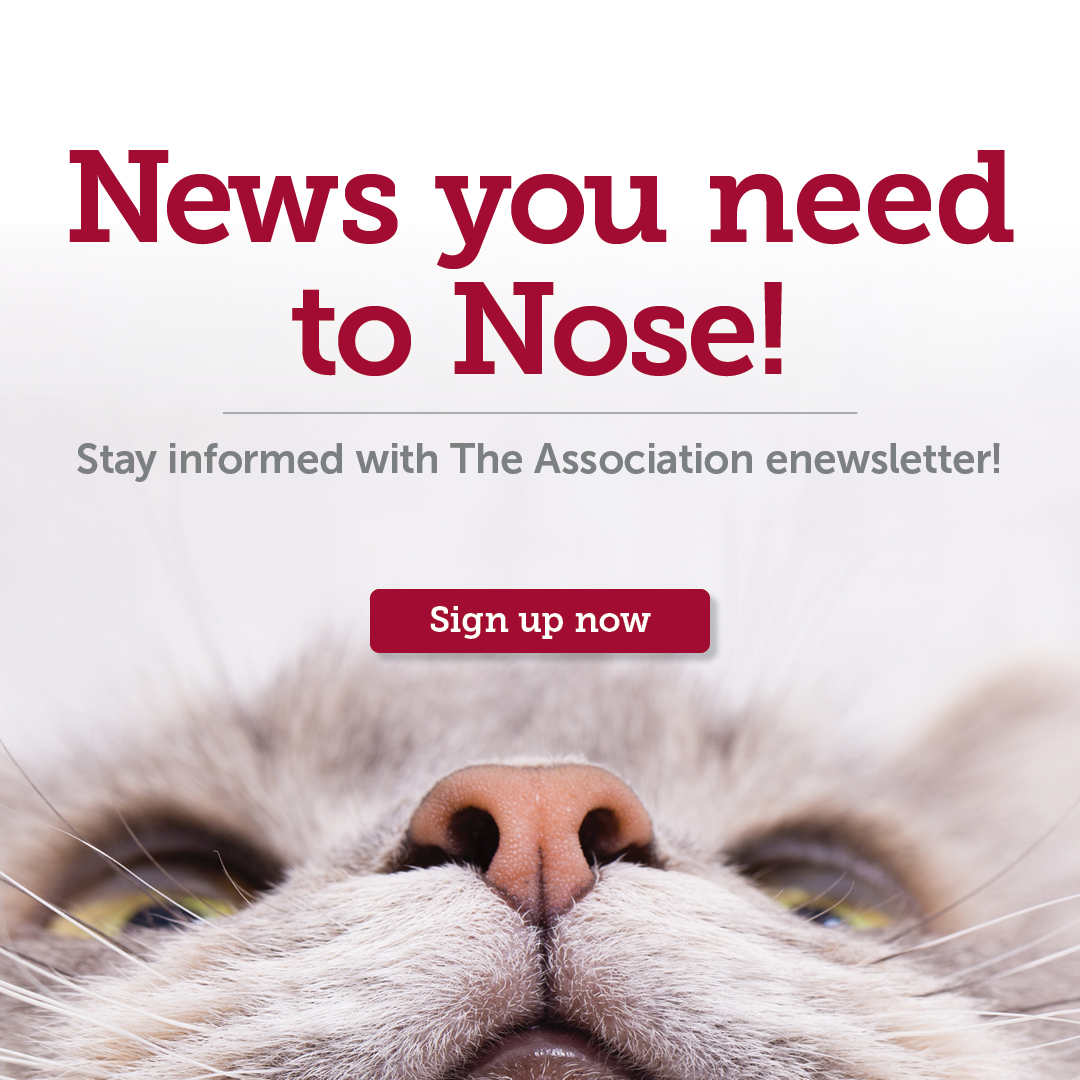News, ideas & inspiration from industry leaders

4 Simple Stewardship Practices
David Miller, Senior Vice President, RKD Group, is back with a new blog on the importance of stewardship. Here he provides inspiration for making a new commitment to this crucial practice—and shares four new ideas to try out.
As we head into February, the year is still new—and with the start of a new year come New Year’s resolutions. While I applaud anyone who is dusting off the old running shoes, I want to encourage animal welfare fundraisers to instead dust off their dated stewardship practices.
Stewardship is often one of those things that many fundraisers have good intentions of focusing on at the start of a new year. Unfortunately, it’s also one of the first things to get cut when time and resources run short.
This year needs to be different. In case nobody’s mentioned it, stewardship is fundraising. Why? The outcome of stewardship is the increase in retention rate that affects your organization’s overall revenue.
The case for stewardship
Donors want more. They want to be on the front lines with you. While this has always been true, it’s even more relevant after a year like 2020.
Donors who choose to give during times of economic hardship are champions for your cause. But if you fail to thank them specifically and in a timely manner, they’ll take their donations elsewhere.
A recent study found that a thank you and welcome call after a donor’s first gift lifts retention rates by 41.24%. Another study found that donors who received a thank you gave on average $45.32 more in their next gift than those who didn’t receive one.
It’s amazing how much a simple thank you can do. But for it to be effective, it must be framed correctly.
Make the donor a hero
The best thing about animal welfare donors is their passion—for the animals’ lives they are saving and the organization they are supporting.
However, ask after ask will only go so far. The secret to successful stewardship is to show how the donor helped save an animal’s life―not how the organization did.
A donor’s next gift is strongly based off how they were thanked for the previous one. By putting donors front and center and making them the hero of all that you do, not only will you see an increase in retention rates, but you’ll also begin to lift the donors through the giving cycle.
How you can start today
While stewardship is an ongoing effort, there are a few simple things you can do to begin making an impact:
1. Polish up acknowledgement letters
Take an inventory of the thank-you letters and emails for all lifecycles. Are they outdated? Are they specific? A generic acknowledgement will only get you so far with donors. Make sure you are thanking them in a meaningful manner.
2. Share impact
Animal welfare donors are passionate about your mission. They want to know that their donation is saving the lives of animals in their community. Look for ways you can share their impact in existing newsletters, or begin to send out impact postcards.
3. Activate volunteers
I get that in-person volunteering is still a challenge due to the ongoing pandemic. How about having volunteers conduct a thank-a-thon from the comfort of their homes, calling on behalf of your organization?
4. Make it personal
Personalization is key to an effective stewardship program. Did the donor give through the mail, online, during Giving Tuesday or in response to a specific campaign? Including small details like this will show donors you’re thinking of them as more than just a dollar sign or an ID number. And thanks to new technology, there are countless ways to thank donors at scale with personalized thank-you calls, videos, emails and even texts.
It may seem complicated, but the reality is that stewardship is simple:
Be kind.
Treat donors the way you’d want to be treated after making a gift.
Stewardship can be difficult to prioritize, but I can’t stress its importance enough. Now, at the beginning of the year, is the perfect time to renew your focus and make a commitment to the ongoing work it takes for a successful stewardship program. Trust me—it will pay off in more ways than one!
More from David Miller
Webinar: 5/06 Stewardship: Breaking Free from the Ask-And-Repeat Model, part of RKD’s Future-focused Fundraising Series
Blog: Major Donors: Your Secret to a Successful Year-End in 2020


